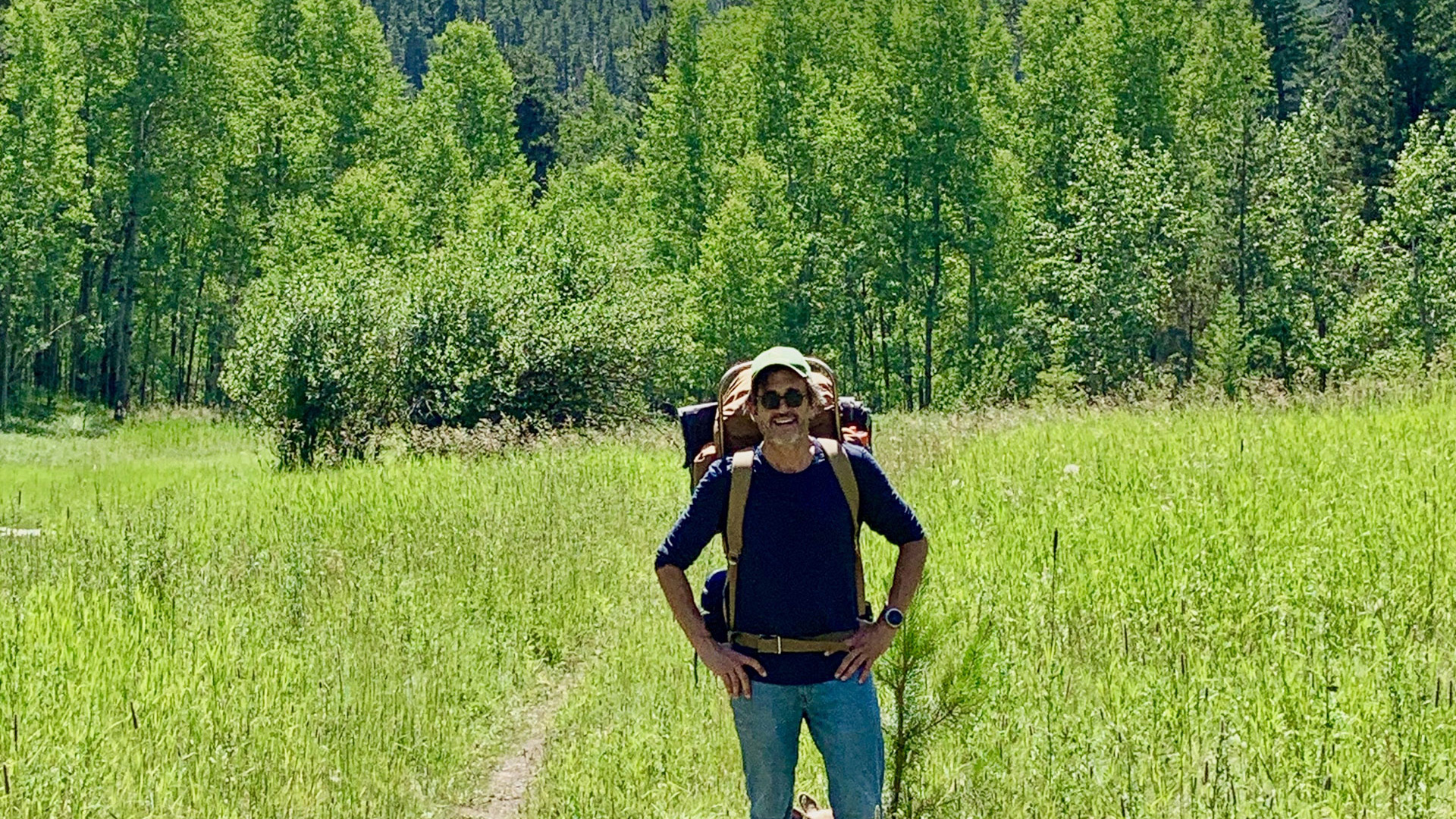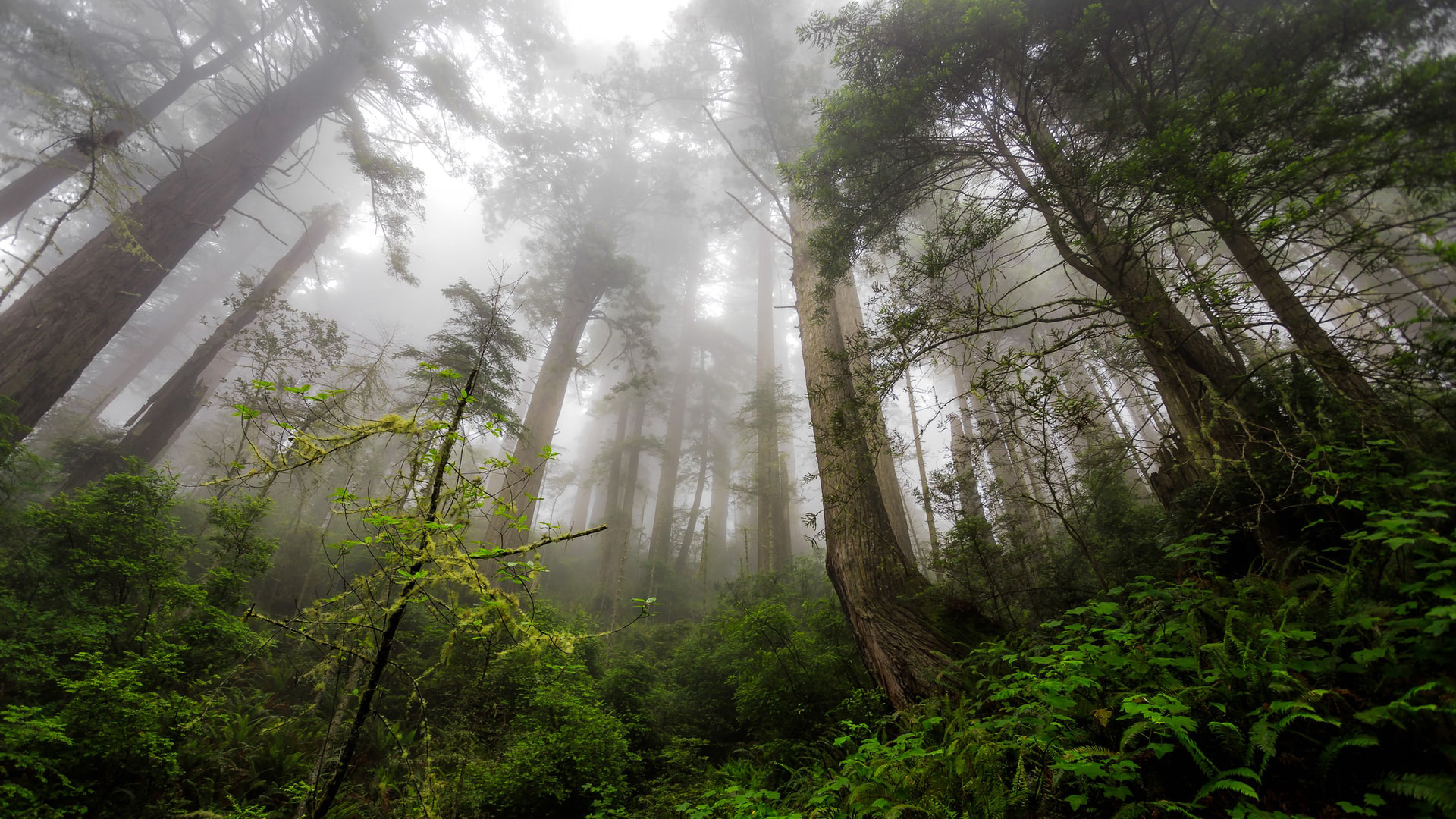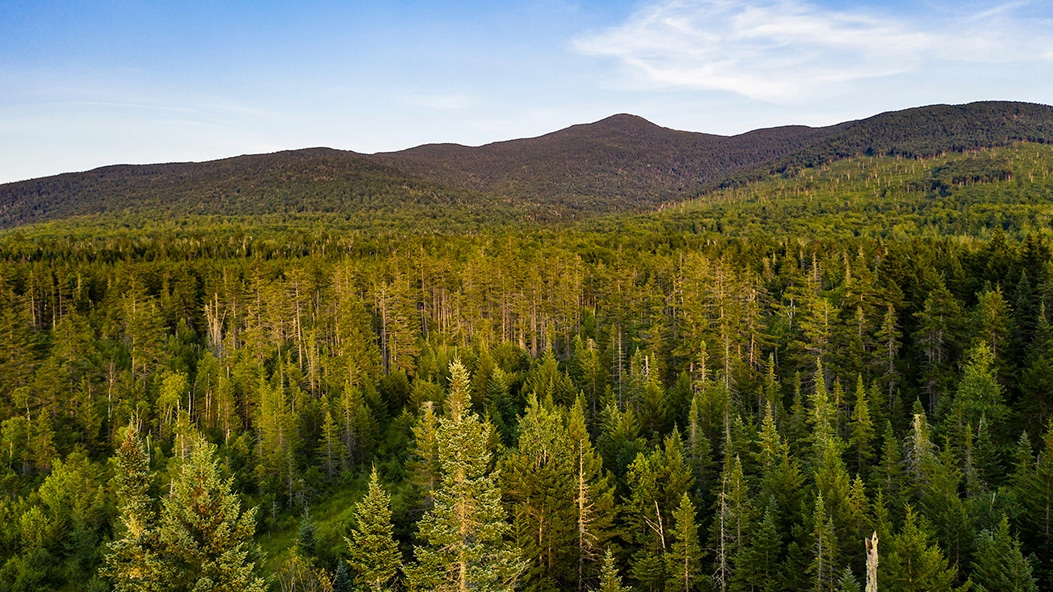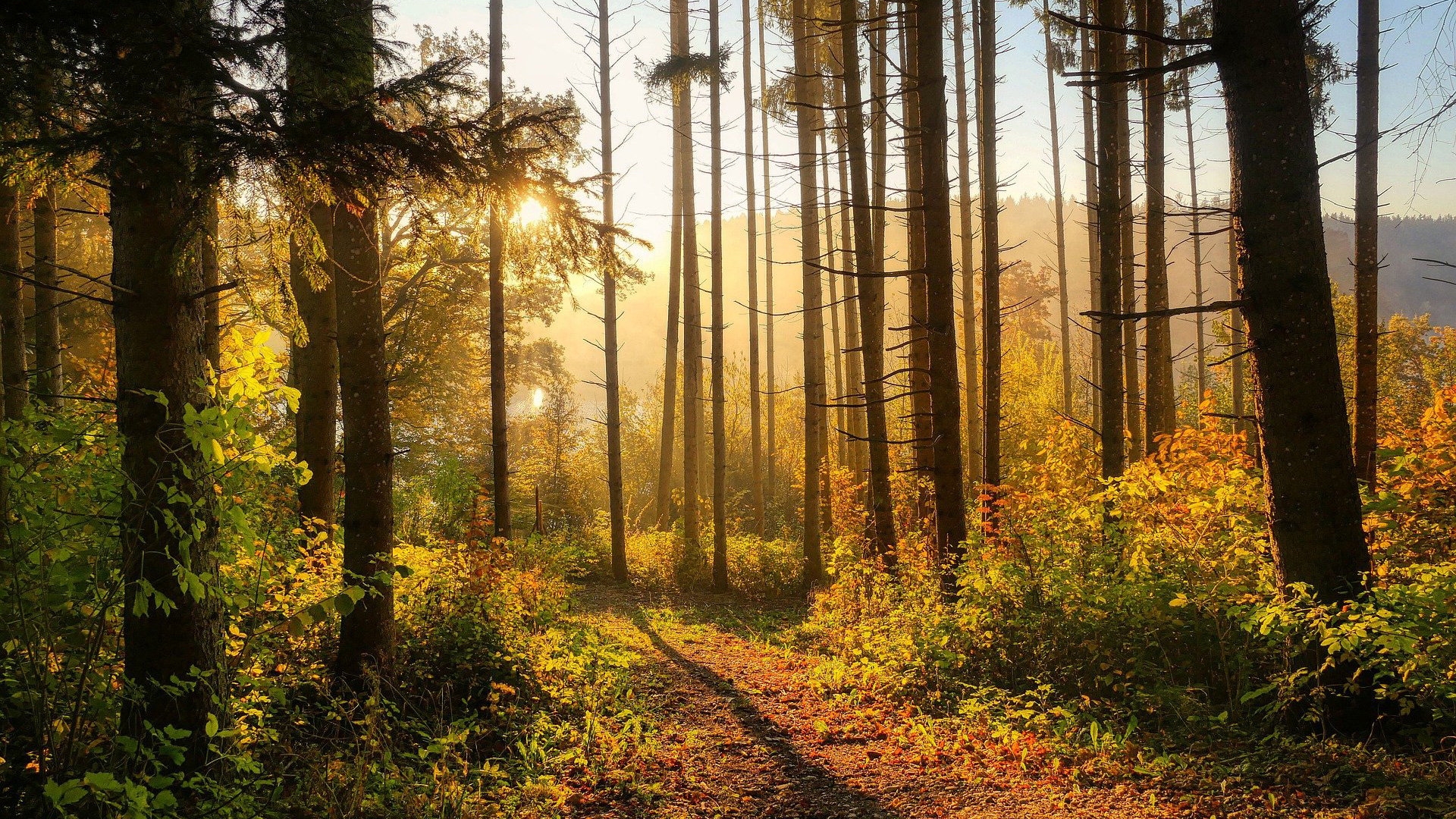U.S. Forests: Our First Line of Defense Against Climate Change
What’s the most effective way to fight climate change? Protecting and restoring the ecological health of forests and letting them grow to full maturity.
Say what?
You mostly hear about manmade solutions to reducing manmade greenhouse gas (GHG) emissions, primarily carbon dioxide and methane from burning fossil fuels. Cutting these emissions as fast as possible is an urgent priority to be sure. But the ways experts tell us to do this are seldom the fastest, cheapest, or most effective means to reduce emissions quickly.
Not by a longshot.
In our inaugural Forest Issue, you will learn things – backed by decades of peer-reviewed research and centuries of hands-on experience – that may shock you. At the same time, you will discover how easy and inspiring it is to get a group of friends together, go out into a forest, and make a lasting positive difference using cutting-edge data and analytical tools on your smartphone or personal computer.
We start by interviewing one of the top forest experts in the United States, Dr. Jerry Franklin, affectionately known as “the father of new forestry.”
Watch the full interview of Dr. Jerry F. Franklin!
Dispelling the conventional wisdom that tropical forests should be the main focus of climate policy, Dr. Franklin explains the crucial role temperate forests play in storing carbon over long time periods. He also points out that societies in temperate ecoregions have a far greater ability to manage forests in their own countries than they do in tropical countries thousands of miles away.
“Who Owns our Forests and Why Does it Matter?” describes the patchwork quilt of public and private forestlands in the U.S. These forest ecosystems cut across all forms of land ownership. Restoring their ecological integrity requires multiple landowners to work together towards a common goal.
We highlight the crucial role publicly owned forests play in “America the Beautiful: Protecting Our Forests for Future Generations.”.
In “Managing Public Forests for Commerce, Conservation and Climate,” we tell the story of how, at the turn of the 20th century, a tiny group of foresighted public servants – Teddy Roosevelt, Gifford Pinchot, George Bird Grinnell and Aldo Leopold among them – set the wheels in motion to put hundreds of millions of acres of federal land aside for the benefit of U.S. citizens.
“Teddy Roosevelt: Conservationist in Chief” traces the improbable footsteps of the sickly son of a Gilded Age millionaire who, at the age of twelve, committed his life to becoming a naturalist. He then went on to become a world-famous big game hunter, the youngest president of the United States, and the person responsible for putting 230 million acres of land under federal protection, launching the national park system, and signing the Antiquities Act, which created dozens of national monuments ranging from Muir Woods to the Grand Canyon.
“Old trees absorb vastly more carbon each year than do newer ones – about 40 percent of it in the last quarter of their lives.”
Founded in 1905, during the Roosevelt administration, the U.S. Forest Service was the biggest and most audacious federal land grab ever attempted. “From Conservation to Carbon: The Evolving Role of the U.S. Forest Service” tells the story of how the USFS pioneered land management strategies that have included everything from: science-based sustainable forestry; to managing forests as multiple-use areas for timber, agriculture and recreation; to turning our forests into nationally protected carbon banks.
Longtime former USFS staffer and USDA climate scientist Dr. Ann Bartuska tells us how national forests have now become a centerpiece of Biden Administration climate policy.
While protecting public lands is critical, 56% of U.S. forests are privately owned, the biggest chunk by non-industrial landowners and families. Laurie Wayburn, CEO and co-founder of The Pacific Forest Trust – a nationally recognized leader and innovator in forest policy – shares proven strategies for protecting and restoring private forests on working lands in “Putting the Forest Back into Forestry.”
Conservation easements are an important tool in compensating landowners to manage their lands for long-term ecological values, as described in “Deep Dive on Conservation Easements.”
Since European settlers arrived on our shores in the early 1600’s, virtually all the virgin forests they found have been cut down. In “Missing the Old-Growth Forest for the Trees” we interview Joan Maloof, lifelong ecologist and CEO of the Old-Growth Forest Network. She tells us why protecting older forests is vital to storing large quantities of carbon – not to mention restoring our physical, mental, and spiritual health.
Joan, Ann, Laurie and Jerry dispel the myth that planting trees is an effective climate solution. Letting bigger older trees grow to full maturity is a far better strategy. As long as they are growing, old trees absorb vastly more carbon each year than do newer ones – about 40 percent of it in the last quarter of their lives.
Most importantly, we will provide dozens of opportunities for you to take action to protect, manage and safeguard the ecological health of our nation’s forests. One thing every expert we spoke to agrees with wholeheartedly: The first and most important step is getting to know a tree intimately — whether in your backyard, a city park, or a national forest.
The more you learn about forest ecosystems, the more you’ll want to protect forests everywhere.
Now let’s get to work!




